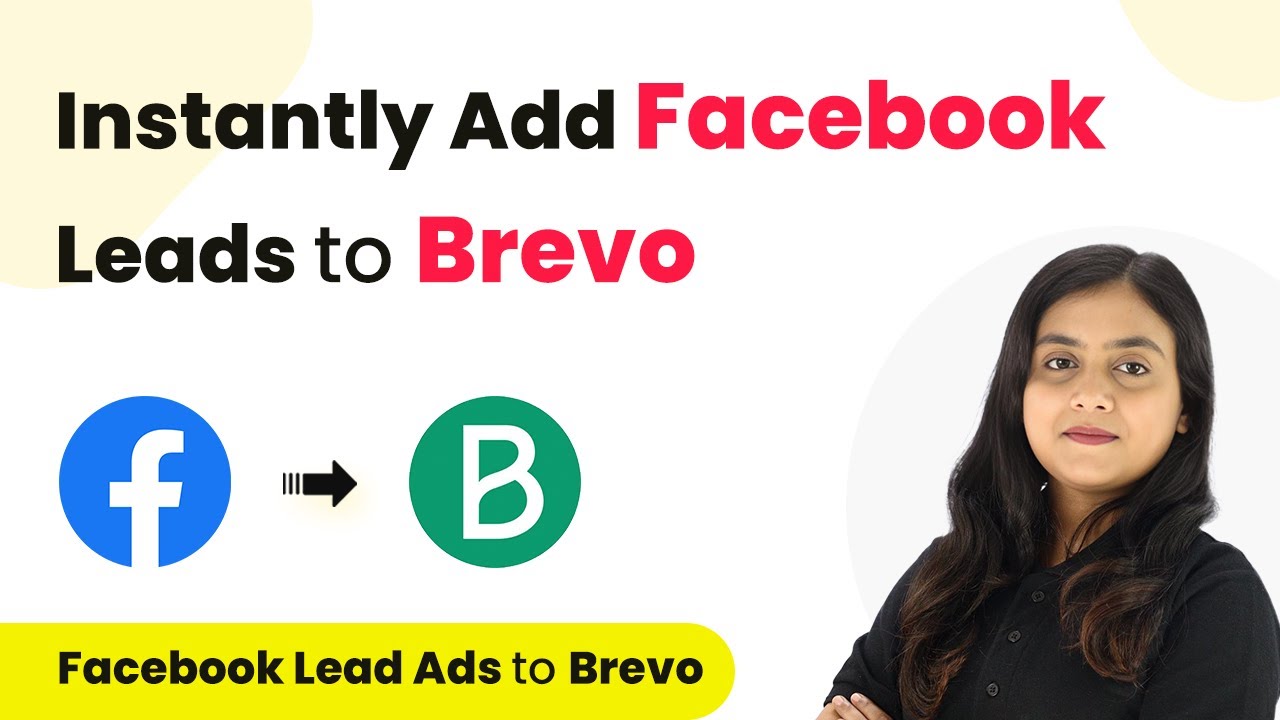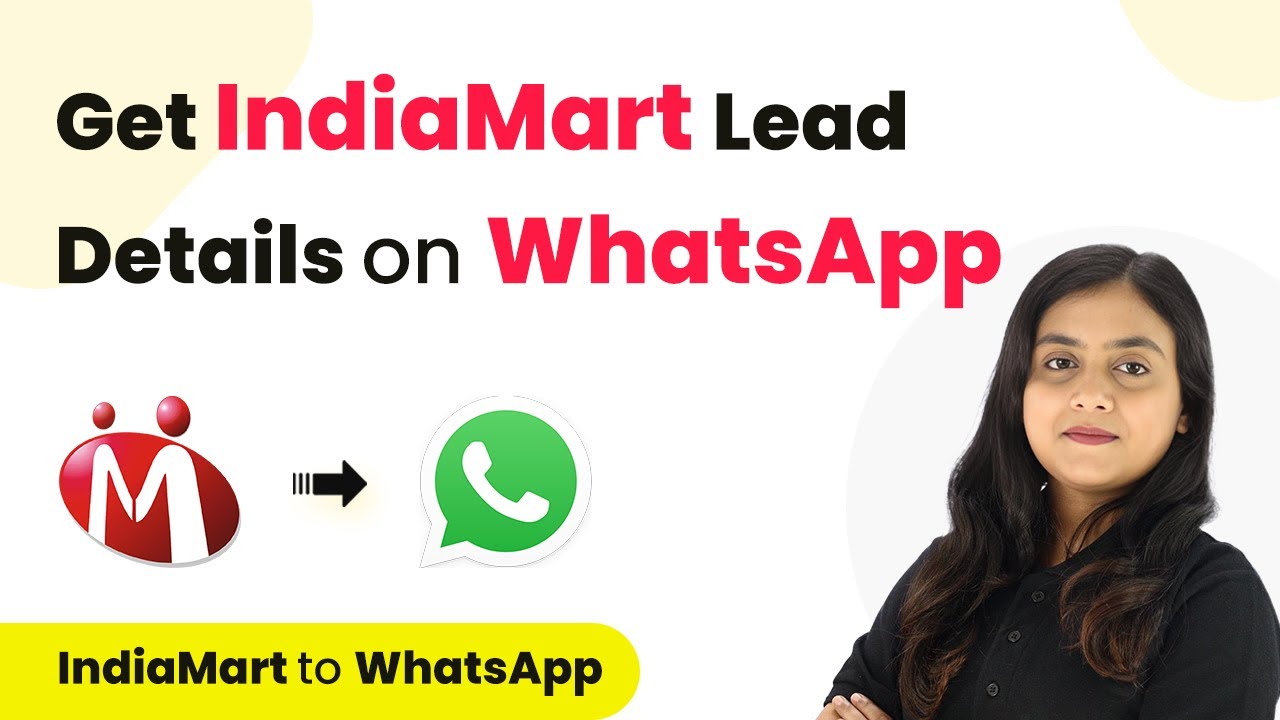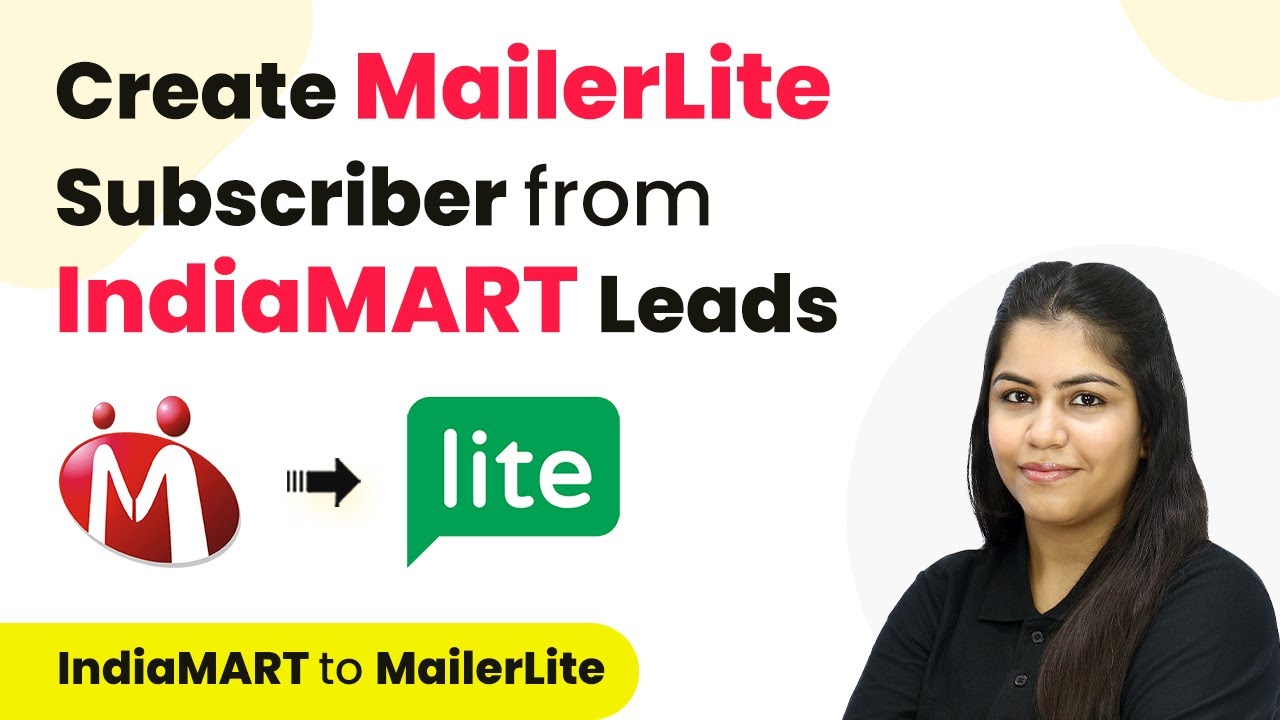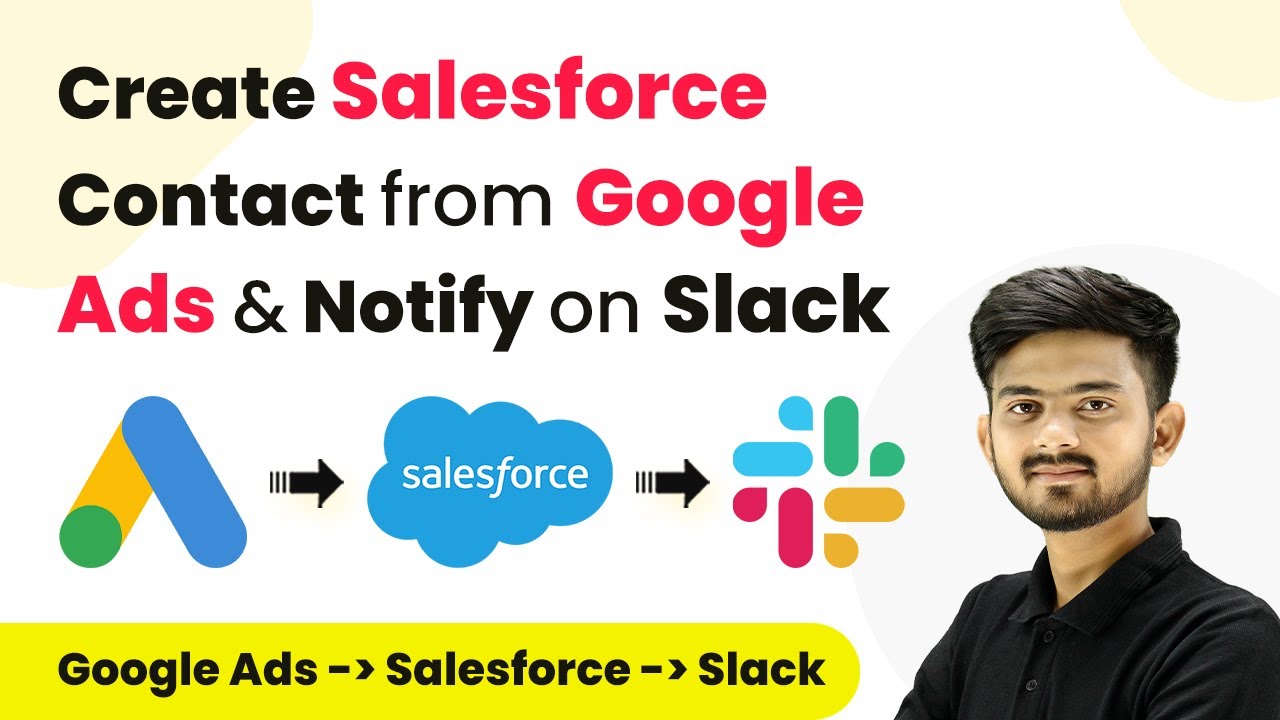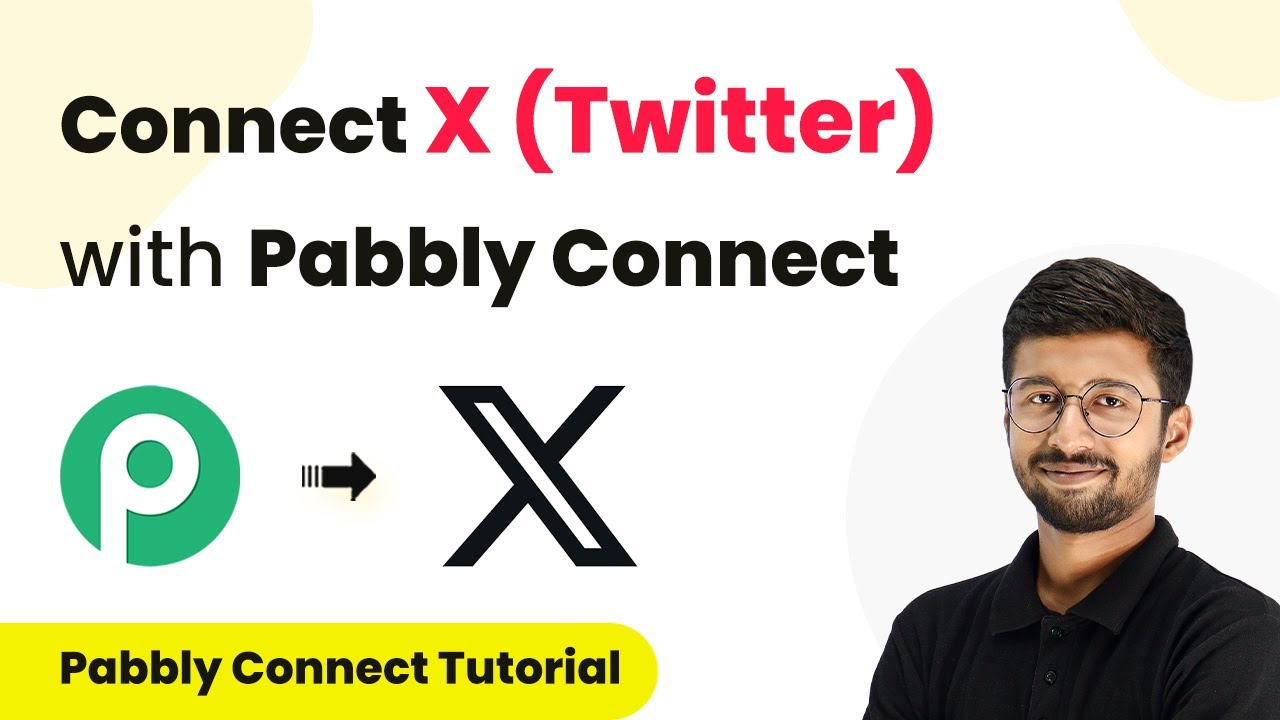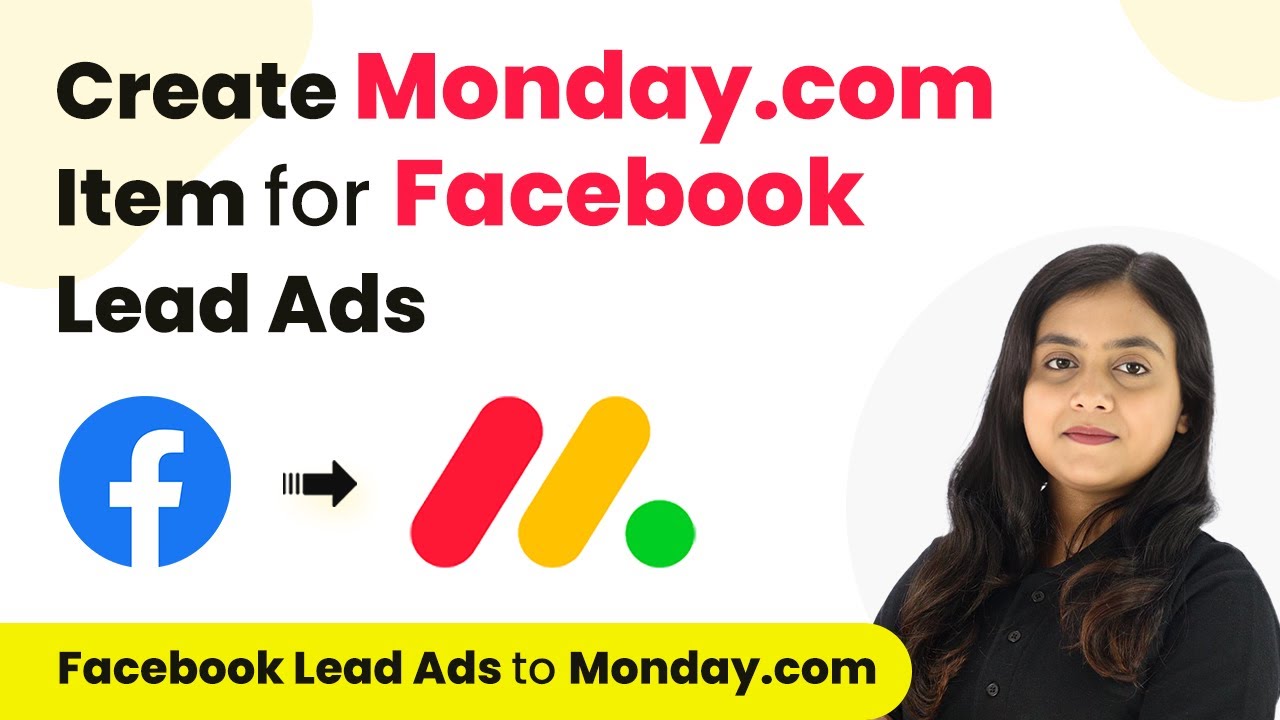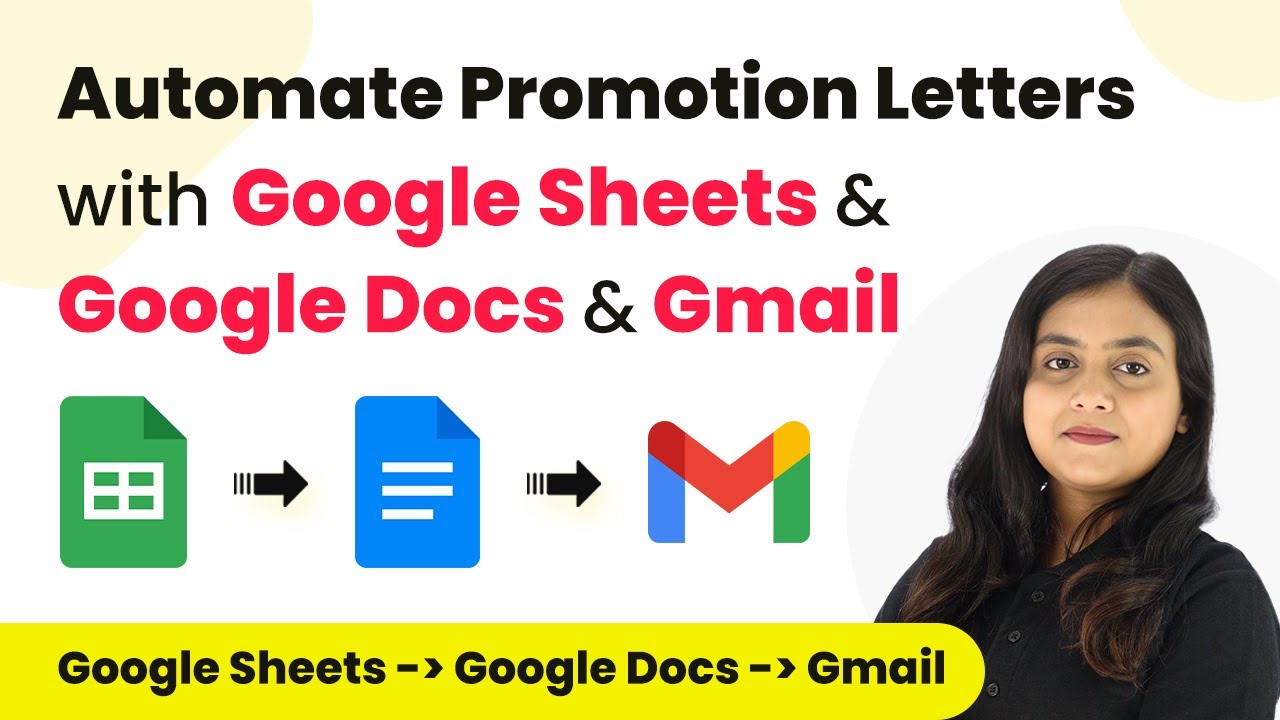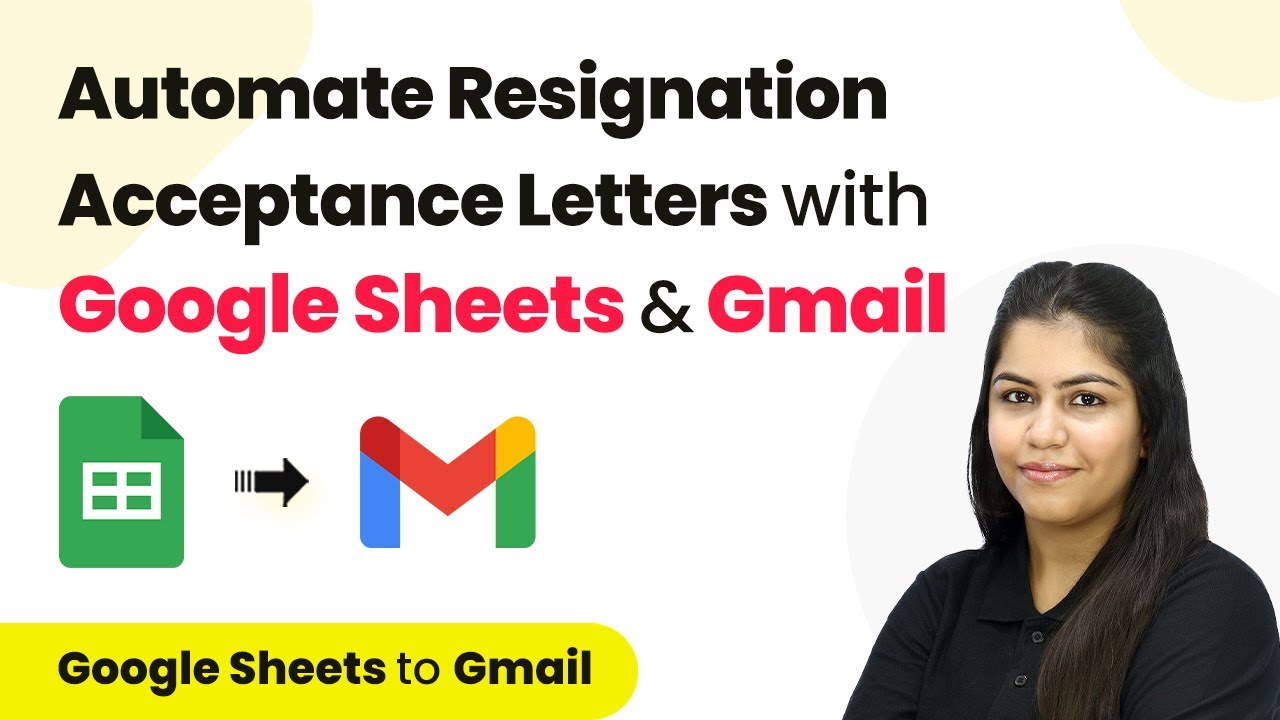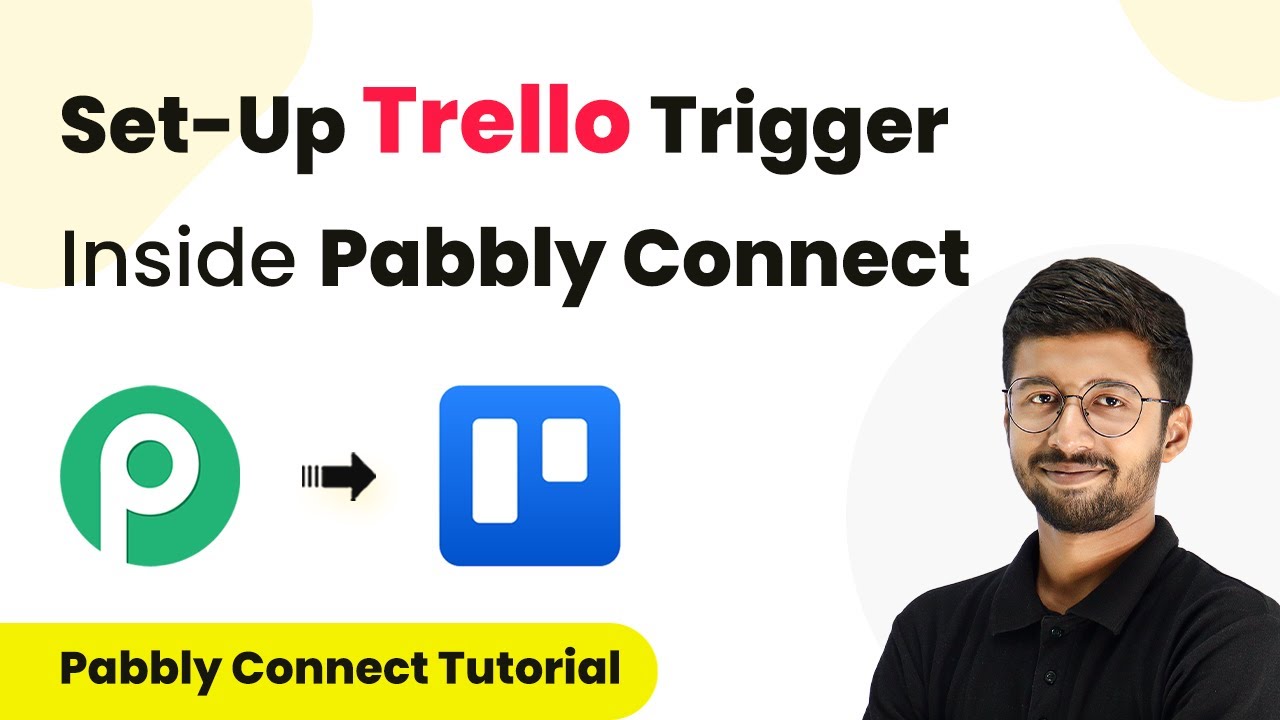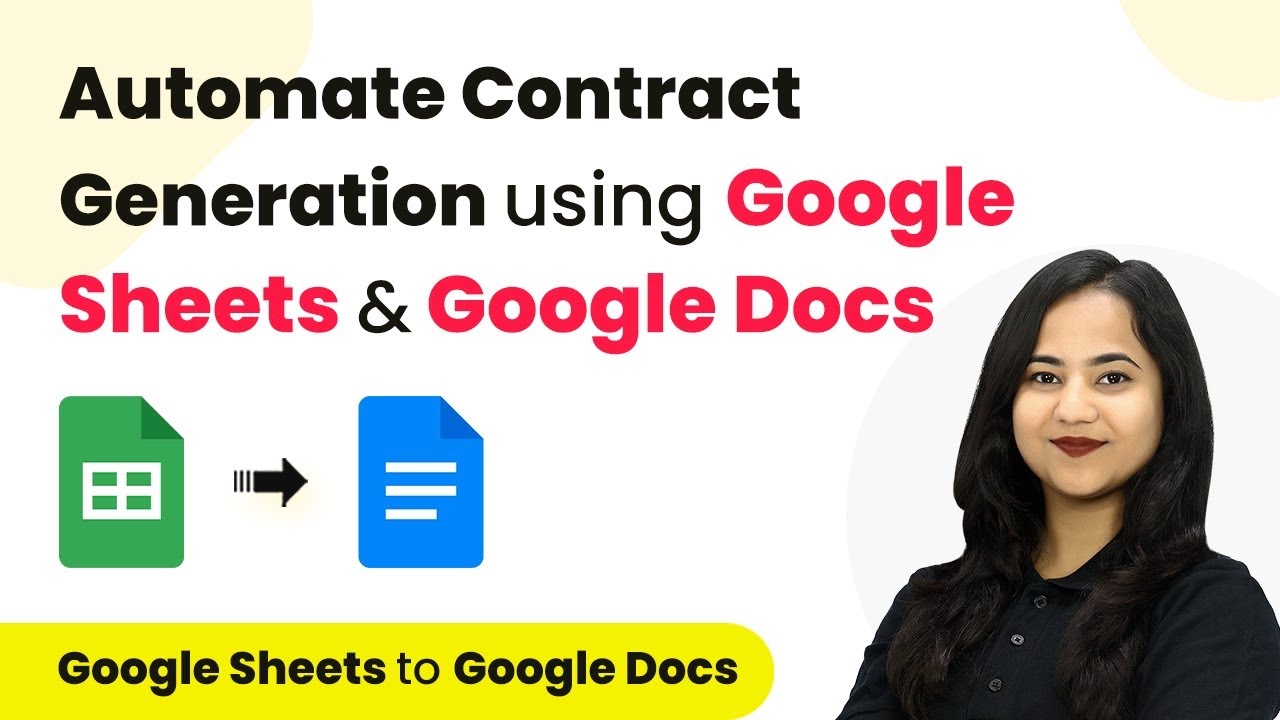Learn how to automate the process of adding Facebook Lead Ads leads to Brevo as contacts using Pabbly Connect. Step-by-step guide included. Discover hidden automation capabilities within your existing tools. This guide shows you how to connect your essential applications and permanently eliminate redundant manual processes.
Watch Step By Step Video Tutorial Below
1. Accessing Pabbly Connect for Integration
To start the integration process, you need to access Pabbly Connect. Begin by visiting the Pabbly Connect website and signing in to your account. If you are a new user, you can sign up for free and get 100 free tasks every month.
Once logged in, you will see the Pabbly apps window. Click on the option labeled ‘Access Now’ under Pabbly Connect. This will redirect you to the Pabbly Connect dashboard, where you can create your workflow for integrating Facebook Lead Ads with Brevo.
2. Creating the Workflow in Pabbly Connect
In the Pabbly Connect dashboard, you will need to create a new workflow. Click on the button located at the top right corner that says ‘Create Workflow’. A dialog box will appear asking for a workflow name. Name your workflow something like ‘Add Facebook Lead Ads Leads to Brevo as Contacts’.
- Choose a specific folder to save your workflow.
- Click on the arrow to select a folder, then choose the ‘Facebook Leads Automation’ folder.
- Finally, click ‘Create’ to finalize your workflow setup.
This step sets up the foundation for your integration using Pabbly Connect and prepares you for the next steps of defining triggers and actions.
3. Setting Up the Trigger with Facebook Lead Ads
Now, you will set up the trigger for your workflow. Click on the arrow next to the trigger section to select your trigger application. Choose ‘Facebook Lead Ads’ as your trigger application.
Next, select the trigger event as ‘New Lead Instant’. This ensures that every time a new lead is generated, Pabbly Connect captures the response. Click on ‘Connect’ to establish the connection between Facebook Lead Ads and Pabbly Connect.
- If prompted, click on ‘Add New Connection’.
- Authorize the connection by selecting your Facebook page where the lead ads are running.
- Select the lead gen form you created for testing.
After saving and sending the test request, you can generate a test lead to check if Pabbly Connect captures the lead data correctly.
4. Setting Up the Action Step with Brevo
Once the trigger is set, it’s time to set up the action step. Click on the arrow in the action section and select ‘Brevo’ as your action application. Then, choose the action event as ‘Create or Update Contact’. This allows you to create a contact in Brevo whenever a new lead is received.
Click on ‘Connect’ to link Pabbly Connect with Brevo. In the connection window, click on ‘Add New Connection’ and enter the required details, including the API key from your Brevo account. To find the API key, navigate to your Brevo account settings, and generate a new API key if necessary.
Map the email, first name, and last name fields from the Facebook lead data to the corresponding fields in Brevo. Select the list you created in Brevo for storing Facebook leads. Ensure all necessary fields are filled out before saving.
After completing these steps, click on ‘Save and Send Test Request’ to verify that a new contact is created in your Brevo account successfully.
5. Testing the Automation with Pabbly Connect
To ensure everything is working correctly, you will now test the automation. Use the Lead Ads Testing Tool to generate a test lead. Make sure to delete any existing leads before creating a new one to avoid conflicts.
After generating the new test lead, check your Brevo account to confirm that the contact has been added. Refresh the page in Brevo, and you should see the new contact reflecting the details from your test submission.
Verify that the name, email, and other details match what you submitted. Repeat the test with different details to ensure consistency. If successful, your automation is now live!
This concludes the setup process using Pabbly Connect to automate the addition of Facebook Lead Ads leads to Brevo as contacts. You can now manage leads efficiently without manual input.
Conclusion
In this tutorial, we explored how to use Pabbly Connect to automate the process of adding Facebook Lead Ads leads to Brevo as contacts. With this integration, you can streamline your lead management effectively.
Ensure you check out Pabbly Connect to create business automation workflows and reduce manual tasks. Pabbly Connect currently offer integration with 2,000+ applications.
- Check out Pabbly Connect – Automate your business workflows effortlessly!
- Sign Up Free – Start your journey with ease!
- 10,000+ Video Tutorials – Learn step by step!
- Join Pabbly Facebook Group – Connect with 21,000+ like minded people!
